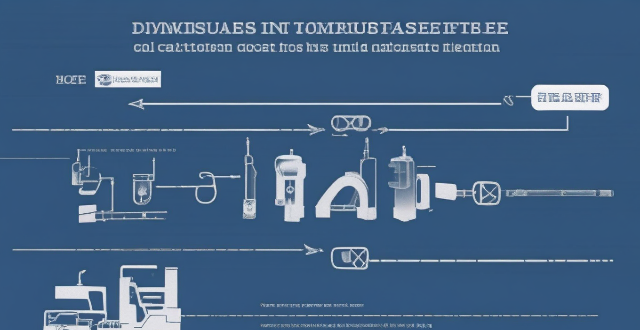The text discusses the design, advantages, disadvantages, and applications of internal rotor motors. Internal rotor motors are a type of electric motor where the moving part (rotor) is inside the stationary part (stator). They offer benefits such as high efficiency, good heat dissipation, simplicity in construction, and low inertia. However, they also have limitations like limited torque density, difficulty in cooling, and potential for magnetic saturation. These motors are commonly used in automotive, aerospace, industrial equipment, and consumer electronics applications.

Introduction to Internal Rotor Motors
An internal rotor motor, also known as an "inrunner" or "inner-rotor" motor, is a type of electric motor design where the rotor (the moving part) is located inside the stator (the stationary part). This configuration is common in many types of electric motors, including brushed DC motors, brushless DC motors, and permanent magnet synchronous motors. The internal rotor design offers several advantages and disadvantages compared to other motor configurations, such as external rotor motors.
Advantages of Internal Rotor Motors
1. High efficiency: Internal rotor motors can achieve high efficiency due to their compact design and low air gap reluctance.
2. Good heat dissipation: The rotor being inside the stator allows for better heat dissipation, as the stator can act as a heat sink for the rotor.
3. Simplicity in construction: The internal rotor design is relatively simple, making it easier to manufacture and maintain.
4. Low inertia: The rotor's mass is concentrated near the axis of rotation, resulting in low inertia and fast response times.
Disadvantages of Internal Rotor Motors
1. Limited torque density: Due to the limited space available for winding the rotor, internal rotor motors may have lower torque density than external rotor motors.
2. Difficulty in cooling: While heat dissipation is generally good, cooling the rotor can be more challenging than in external rotor motors, especially at high power levels.
3. Potential for magnetic saturation: The stator yoke can become saturated at high current levels, reducing the motor's performance.
Applications of Internal Rotor Motors
Internal rotor motors are used in various applications, including:
- Automotive applications: In-wheel motors, traction motors, and starter generators often use internal rotor designs.
- Aerospace and defense: High-performance aircraft and missile systems utilize internal rotor motors for their efficiency and reliability.
- Industrial equipment: Machine tools, conveyors, and pumps often incorporate internal rotor motors for their compact size and simplicity.
- Consumer electronics: Hard disk drives, CD/DVD players, and some types of electric vehicles use internal rotor motors.
In conclusion, internal rotor motors are a popular choice for many applications due to their efficiency, simplicity, and good heat dissipation characteristics. However, they may not be suitable for all situations, especially those requiring high torque densities or extensive cooling capabilities.